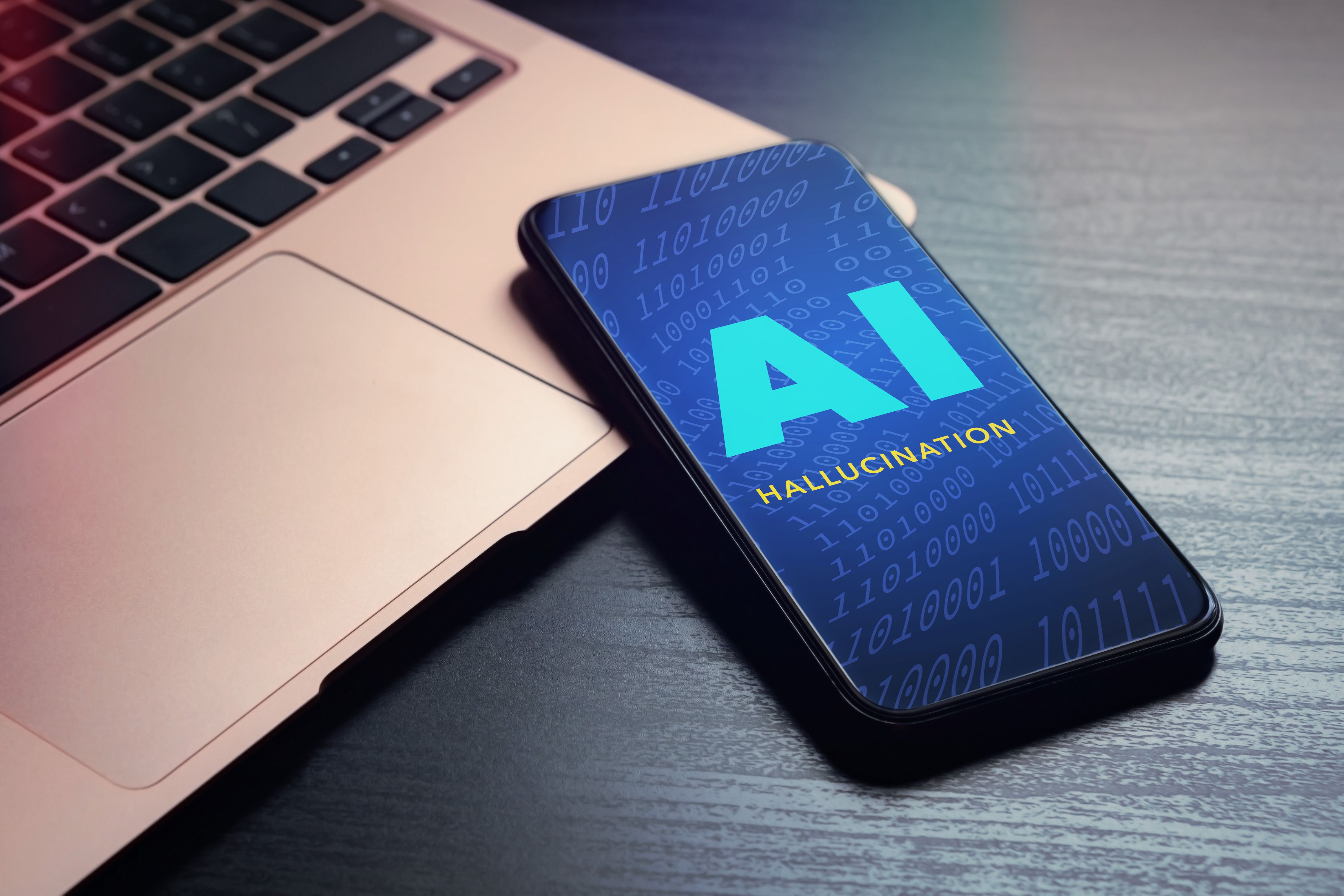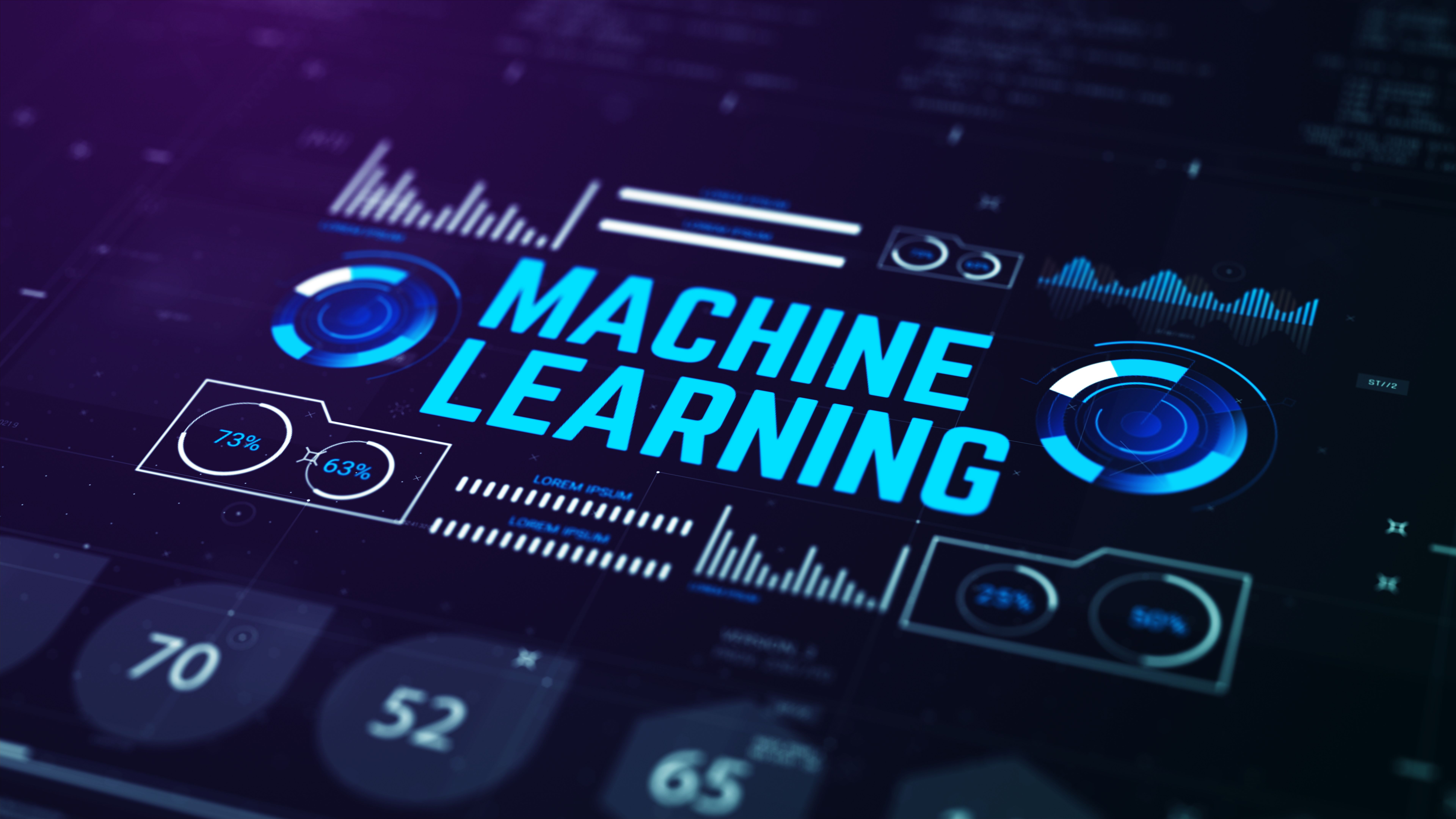AI Hallucinations: A Reflection of Human Storytelling
Understanding AI Hallucinations
AI hallucinations are a fascinating phenomenon where artificial intelligence models, particularly those used in natural language processing and image recognition, produce outputs that are unexpected or nonsensical. These hallucinations can range from generating incoherent sentences to identifying objects that aren't present in an image. While these occurrences may seem bizarre, they offer a unique lens through which we can explore the intersection between technology and human creativity.

The Roots of Human Storytelling
Storytelling is an intrinsic part of human culture. For centuries, humans have used stories to make sense of the world around them, to express emotions, and to communicate complex ideas. This ability to weave narratives is deeply ingrained in our psyche, allowing us to find patterns and meaning even in chaos. AI hallucinations, in their own way, mirror this human trait. They illustrate how machines attempt to construct a narrative or pattern when processing vast amounts of data.
As AI systems are trained on massive datasets comprising human-generated content, they inadvertently absorb elements of our storytelling techniques. The hallucinations they produce can be seen as a form of digital storytelling, albeit one that lacks the nuanced understanding of context and emotion that humans naturally possess.
Why Do AI Hallucinations Occur?
AI hallucinations often occur due to the nature of machine learning models. These models are designed to recognize patterns and make predictions based on the data they are fed. However, when faced with incomplete or ambiguous information, they may "fill in the blanks" in unexpected ways. This is similar to how humans might interpret random shapes in clouds as recognizable objects or characters.

The occurrence of AI hallucinations also highlights the limitations of current AI technology. Despite their advanced capabilities, these systems lack true understanding and rely heavily on statistical correlations rather than genuine comprehension. This can lead to bizarre outputs that seem imaginative but are ultimately devoid of intentional meaning.
The Implications for AI Development
As we continue to advance AI technology, understanding and mitigating hallucinations is crucial. Developers are working on improving the robustness and reliability of AI systems to minimize these occurrences. However, studying these hallucinations also provides valuable insights into how AI processes information and how it can be aligned more closely with human thought processes.
- Improving data quality and diversity
- Enhancing model architecture
- Incorporating human oversight
The Creative Potential of AI Hallucinations
While often viewed as errors, AI hallucinations also hold creative potential. Artists and writers have begun exploring these phenomena as sources of inspiration. By interpreting the unexpected outputs of AI, creatives can discover new perspectives and ideas that challenge conventional thinking.

These explorations push the boundaries of what we consider art and storytelling, inviting us to question the role of technology in creative processes. As AI continues to evolve, its ability to inadvertently emulate aspects of human creativity could lead to new forms of collaborative art where human intuition and machine-generated randomness coexist.
Conclusion
AI hallucinations serve as a reminder of the complex relationship between humans and technology. They reflect our innate desire to find meaning and tell stories, even when confronted with randomness or uncertainty. By studying these phenomena, we gain insights into both the limitations and the potential of AI, paving the way for future advancements that more closely align with human creativity and understanding.